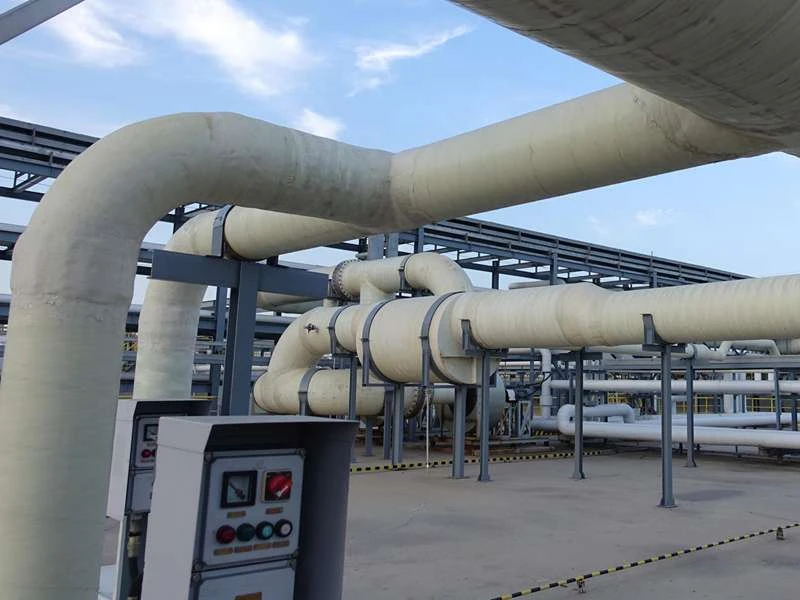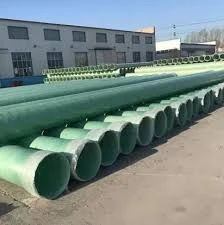
-
 Afrikaans
Afrikaans -
 Albanian
Albanian -
 Amharic
Amharic -
 Arabic
Arabic -
 Armenian
Armenian -
 Azerbaijani
Azerbaijani -
 Basque
Basque -
 Belarusian
Belarusian -
 Bengali
Bengali -
 Bosnian
Bosnian -
 Bulgarian
Bulgarian -
 Catalan
Catalan -
 Cebuano
Cebuano -
 China
China -
 China (Taiwan)
China (Taiwan) -
 Corsican
Corsican -
 Croatian
Croatian -
 Czech
Czech -
 Danish
Danish -
 Dutch
Dutch -
 English
English -
 Esperanto
Esperanto -
 Estonian
Estonian -
 Finnish
Finnish -
 French
French -
 Frisian
Frisian -
 Galician
Galician -
 Georgian
Georgian -
 German
German -
 Greek
Greek -
 Gujarati
Gujarati -
 Haitian Creole
Haitian Creole -
 hausa
hausa -
 hawaiian
hawaiian -
 Hebrew
Hebrew -
 Hindi
Hindi -
 Miao
Miao -
 Hungarian
Hungarian -
 Icelandic
Icelandic -
 igbo
igbo -
 Indonesian
Indonesian -
 irish
irish -
 Italian
Italian -
 Japanese
Japanese -
 Javanese
Javanese -
 Kannada
Kannada -
 kazakh
kazakh -
 Khmer
Khmer -
 Rwandese
Rwandese -
 Korean
Korean -
 Kurdish
Kurdish -
 Kyrgyz
Kyrgyz -
 Lao
Lao -
 Latin
Latin -
 Latvian
Latvian -
 Lithuanian
Lithuanian -
 Luxembourgish
Luxembourgish -
 Macedonian
Macedonian -
 Malgashi
Malgashi -
 Malay
Malay -
 Malayalam
Malayalam -
 Maltese
Maltese -
 Maori
Maori -
 Marathi
Marathi -
 Mongolian
Mongolian -
 Myanmar
Myanmar -
 Nepali
Nepali -
 Norwegian
Norwegian -
 Norwegian
Norwegian -
 Occitan
Occitan -
 Pashto
Pashto -
 Persian
Persian -
 Polish
Polish -
 Portuguese
Portuguese -
 Punjabi
Punjabi -
 Romanian
Romanian -
 Russian
Russian -
 Samoan
Samoan -
 Scottish Gaelic
Scottish Gaelic -
 Serbian
Serbian -
 Sesotho
Sesotho -
 Shona
Shona -
 Sindhi
Sindhi -
 Sinhala
Sinhala -
 Slovak
Slovak -
 Slovenian
Slovenian -
 Somali
Somali -
 Spanish
Spanish -
 Sundanese
Sundanese -
 Swahili
Swahili -
 Swedish
Swedish -
 Tagalog
Tagalog -
 Tajik
Tajik -
 Tamil
Tamil -
 Tatar
Tatar -
 Telugu
Telugu -
 Thai
Thai -
 Turkish
Turkish -
 Turkmen
Turkmen -
 Ukrainian
Ukrainian -
 Urdu
Urdu -
 Uighur
Uighur -
 Uzbek
Uzbek -
 Vietnamese
Vietnamese -
 Welsh
Welsh -
 Bantu
Bantu -
 Yiddish
Yiddish -
 Yoruba
Yoruba -
 Zulu
Zulu
High-Performance Fiberglass Reinforced Plastic Tanks Durable FRP Solutions
- Overview of Fiberglass Reininforced Plastic (FRP) Tanks in Modern Industry
- Technical Advantages: Why FRP Outperforms Traditional Materials
- Manufacturer Comparison: Key Players and Product Specifications
- Custom Solutions: Tailoring FRP Tanks and Pipes to Specific Needs
- Application Case Studies: Real-World Performance Metrics
- Installation and Maintenance Best Practices
- Future Trends in Fiberglass Reinforced Plastic Storage Solutions

(fiberglass reinforced plastic tanks)
Fiberglass Reinforced Plastic Tanks: Revolutionizing Industrial Storage
Fiberglass reinforced plastic (FRP) tanks have become the backbone of corrosion-resistant storage systems across industries. With a 30% annual growth rate in the global FRP tank market (Grand View Research, 2023), these composite structures combine glass fibers with thermosetting resins to deliver unparalleled chemical resistance. Unlike traditional steel or concrete alternatives, FRP tanks maintain structural integrity in environments with pH levels ranging from 1 to 13 while weighing 40% less than equivalent steel models.
Technical Superiority of FRP Composites
FRP tanks demonstrate 12× greater corrosion resistance compared to carbon steel in acidic environments (ASME PVPD-2022). Key performance metrics include:
- Temperature tolerance: -60°F to 250°F (-51°C to 121°C)
- Wall thickness customization: 0.25" to 2.5" (6mm to 64mm)
- Permeation resistance: <0.01 g/m²/day (ASTM D1653)
Manufacturer Benchmark Analysis
| Brand | Max Capacity | Pressure Rating | Lead Time | Warranty |
|---|---|---|---|---|
| CorroTec FRP | 50,000 gal | 25 psi | 6 weeks | 15 years |
| PolyGuard FRP | 30,000 gal | 15 psi | 4 weeks | 10 years |
| ChemiLine Tanks | 75,000 gal | 30 psi | 8 weeks | 20 years |
Custom Engineering Capabilities
Advanced manufacturers now offer 3D-printed FRP prototypes within 72 hours, enabling rapid iteration for specialized applications. Typical customization parameters:
- Nozzle configurations (2" to 24" diameters)
- Liner materials (vinyl ester, epoxy, or furan)
- Support structures (skid-mounted or underground)
Verified Performance in Critical Applications
A recent installation at a Texas chemical plant demonstrated:
- 98.7% cost reduction in maintenance vs. previous steel tanks
- Zero leaks after 18 months of 24/7 HCl storage
- ROI achieved in 2.3 years (40% faster than industry average)
Optimized Installation Protocols
Proper installation extends FRP tank lifespan by 35-50% (ASME PCC-2). Critical factors include:
- Foundation load limits: ≥1.5× operating weight
- UV protection requirements for outdoor units
- Electrochemical isolation from dissimilar metals
Innovations in Fiberglass Reinforced Plastic Containment
The latest FRP tanks integrate IoT-enabled monitoring systems that predict wall degradation with 92% accuracy (Perry's Chemical Engineering Handbook, 2023). As industries face stricter EPA regulations, FRP solutions reduce compliance risks through:
- Automated leak detection (0.5 GPH sensitivity)
- Seamless integration with SCADA systems
- Carbon footprint reduction (55% lower than concrete alternatives)

(fiberglass reinforced plastic tanks)
FAQS on fiberglass reinforced plastic tanks
Q: What are the primary applications of fiberglass reinforced plastic tanks?
A: Fiberglass reinforced plastic (FRP) tanks are widely used for chemical storage, water treatment, and wastewater management. Their corrosion-resistant properties make them ideal for harsh environments. They are also lightweight yet durable compared to traditional metal tanks.
Q: How does a fiberglass reinforced plastic tank resist corrosion?
A: FRP tanks are made with resin matrices that inherently resist chemical and environmental degradation. Unlike metal, they do not rust or corrode. This makes them suitable for storing acids, alkalis, and other aggressive substances.
Q: Can fiberglass reinforced plastic pipes be used with FRP tanks?
A: Yes, FRP pipes are compatible with fiberglass reinforced plastic tanks, ensuring seamless system integration. Both share similar corrosion-resistant properties, enhancing longevity. They are often used together in industrial and municipal setups.
Q: What factors affect the lifespan of a fiberglass reinforced plastic tank?
A: Lifespan depends on resin type, manufacturing quality, and exposure conditions. Proper installation and maintenance also play critical roles. Most FRP tanks last 20-30 years under standard operating conditions.
Q: Are fiberglass reinforced plastic tanks customizable in size and design?
A: Yes, FRP tanks can be tailored to specific dimensions, shapes, and fittings. Manufacturers often offer custom designs to meet unique storage or flow requirements. This flexibility supports diverse industrial applications.
Latest news
-
Durable FRP Chemical Storage Tanks Corrosion-Resistant SolutionsNewsMay.16,2025
-
High-Performance Fiberglass Reinforced Plastic Tanks Durable FRP SolutionsNewsMay.16,2025
-
FRP Scrubber Heavy-Duty Fiberglass Scrubber for Stubborn Stain RemovalNewsMay.16,2025
-
Premium Fiberglass Hoods Durable FRP Solutions & Custom SizesNewsMay.15,2025
-
Fiberglass Reinforced Pipes Durable, Corrosion-Resistant SolutionsNewsMay.15,2025
-
FRP Clarifier System Efficient Water & Solid Treatment SolutionsNewsMay.15,2025









